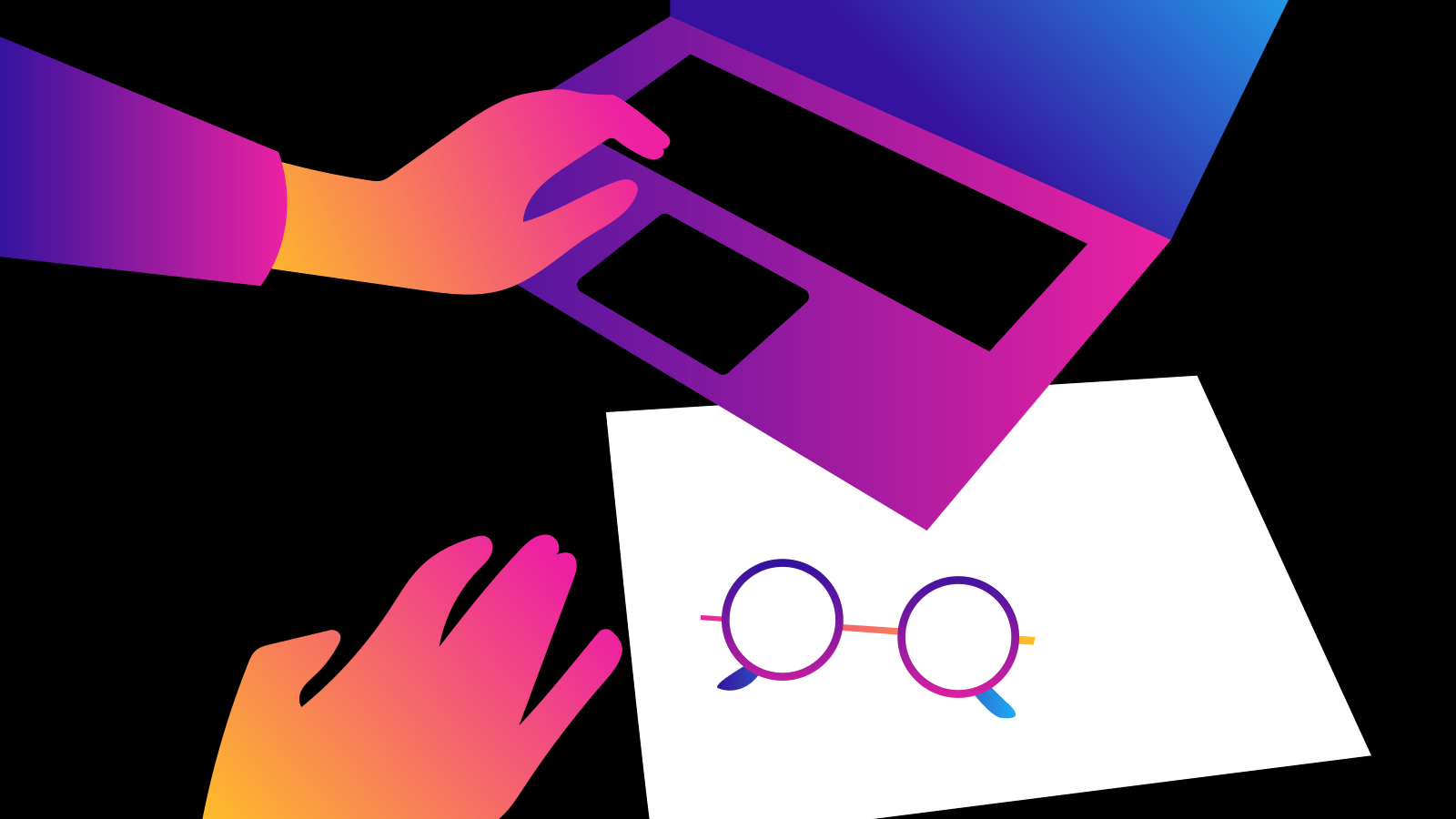Just as a swan’s seemingly effortless glide upriver relies on the strength of its muscular feet, seamless performance from today’s global corporations is always powered by cutting-edge tech.
Technology sits beneath – and across – every aspect of the modern business world. But as Kathi Enderes, Senior Vice President and Global Industry analyst at the Josh Bersin Company recently identified, there is one key area in which it is not achieving the grace, speed, or efficiency of a swan. Reward. In her words, ‘Corporate pay practices remain stuck in the past’.
Kathi was speaking at Neovation’s Reward Forward, a Buck sponsored gathering in London, this February, of Reward’s most forward-thinking practitioners. One of the common threads discussed at the event was the pressing need to bring tech innovation into the Reward arena.
Why? Because changing demographics are driving the need for always-on communication in every area of the workplace. Why? Because rising living costs are making Reward an ever-more critical component of job satisfaction. Why? Because today’s industry-leading technology has the functionality to transform the Reward experience.
The right technology can showcase the value of Reward programmes, communicate that value to employees and – in so doing – can future-proof talent retention and engagement. And, as Xavier Baeten, Professor in Reward and Sustainability at Belgium’s prestigious Vlerick Business School revealed at Reward Forward, there are all sorts of add-on capabilities sitting in the pipeline…
Innovation at IBM
The power and potential of tech is evolving at pace. In the Reward field, Xavier talked about the growing capacity of AI and chatbots to deal with basic enquiries. As this functionality is refined, it will enable companies to use AI to deliver a more responsive, initial level of service to employees, supporting and enhancing the Reward journey.
Xavier also referenced IBM’s career assistant digital advisor, Myca. Employees are actively encouraged to fill out their skills on the system. Myca then matches them to potential new roles in a variety of locations.
This tool amplifies engagement because employees can see – at-a-glance – their multiple career pathway opportunities within the organisation. In addition, they are being told that they have the relevant skills for these jobs: building their confidence about applying.
The knock-on effect of this is likely to be that more employees will remain and grow at IBM, moving around the organisation, building their experience and skillset, and strengthening the company’s collective performance.
A data-driven mindset at Buck
Both chatbots and Myca are add-on tech: useful and engaging functionalities that enrich Reward. But as Mark Pemberthy, Benefits Consulting Leader at Buck made clear, technology is also critical for setting and delivering effective strategy.
Today’s leading reward technology unlocks business-critical information at pace. Its analytical capabilities enable companies to use data to drive decision-making and to take fast, informed action.
In a virtuous circle, the tech can also be used to check employee sentiment and wellbeing, not simply through surveys and polls, but through analysis of employee interactions and choices. This drumbeat of feedback enables the agile responses that drive effective incremental change.
Transform or fall behind
Without this speed and agility, Reward remains dated. Seldom interactive. The cost of programmes disproportionate to the value employees place on them. The messaging disparate, with compensation, bonus, equity, and benefit information commonly stored and communicated on completely separate systems.
With the tech, Reward becomes fit for the future. Here’s how…
Creating the clarity that supports transparency
Buck’s total reward platform, Delta+, gathers and integrates data across every facet of Reward, harnessing every element and illustrating how they work together to make a collective impact.
At a business level, this clarity ensures that Reward teams have instant visibility on every aspect of their programme. Crucially, it also supports them to be more transparent about Reward with employees. This can mean sharing the value of every discrete element across multiple languages and currencies. It can also mean creating interactive modellers for variable elements such bonus and share plans to give employees impactful visual projections of their future Reward.
The same functionality can be extended to candidates, bringing to life the variable reward elements that often get glossed over in offer letters. This could be the difference between attracting your next star employee or losing them to a competitor.
Building the engagement that drives value
The speed of the technology empowers meaningful employee input and feedback. Practitioners can see which elements of Reward employees value most – and therefore which elements are best at motivating and engaging different groups within the workforce.
That knowledge makes it easier to personalise Reward, and to understand where the organisation can support employees to build financial literacy and confidence. It also makes it easier to simplify and streamline Reward. The result? It’s more cost-effective to run and easier to communicate.
Reward doesn’t have to remain the ugly duckling of the HR flock. Using the right technology supports it to grow – at speed – into a swan.
